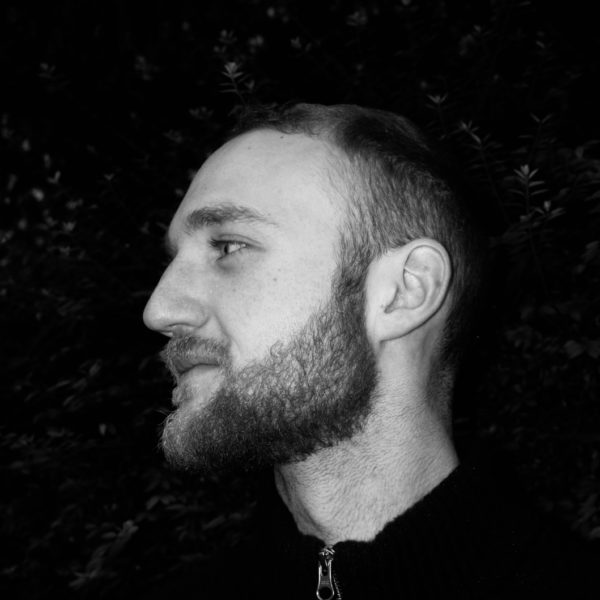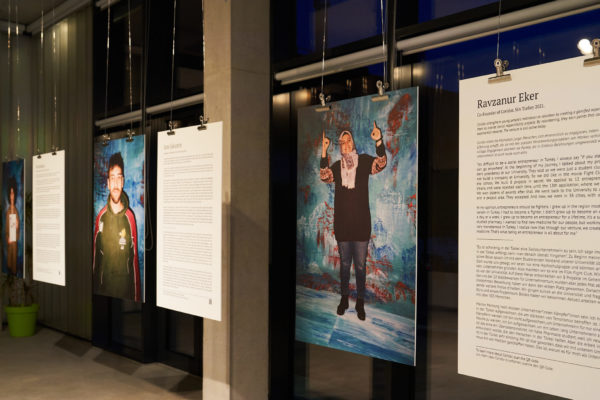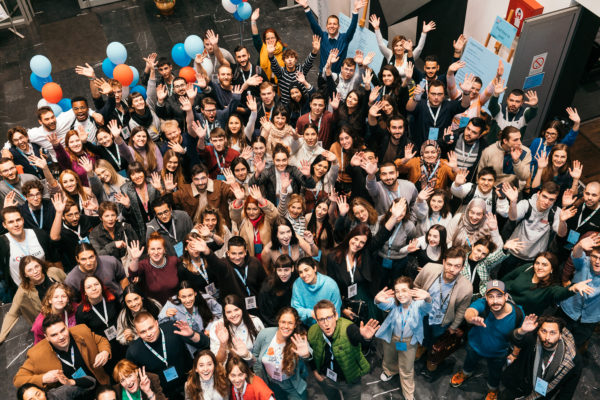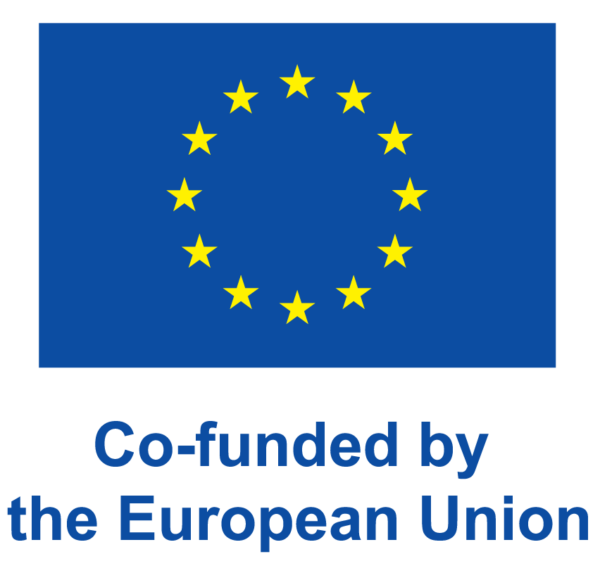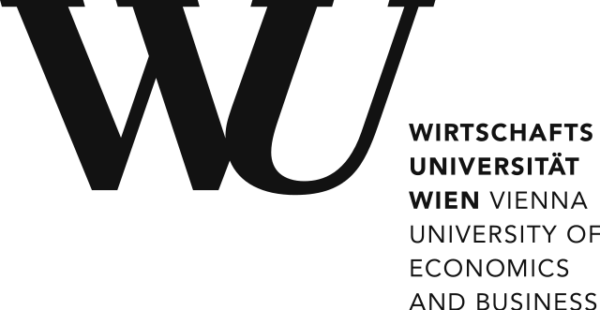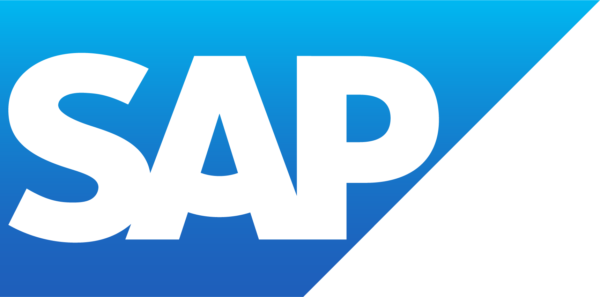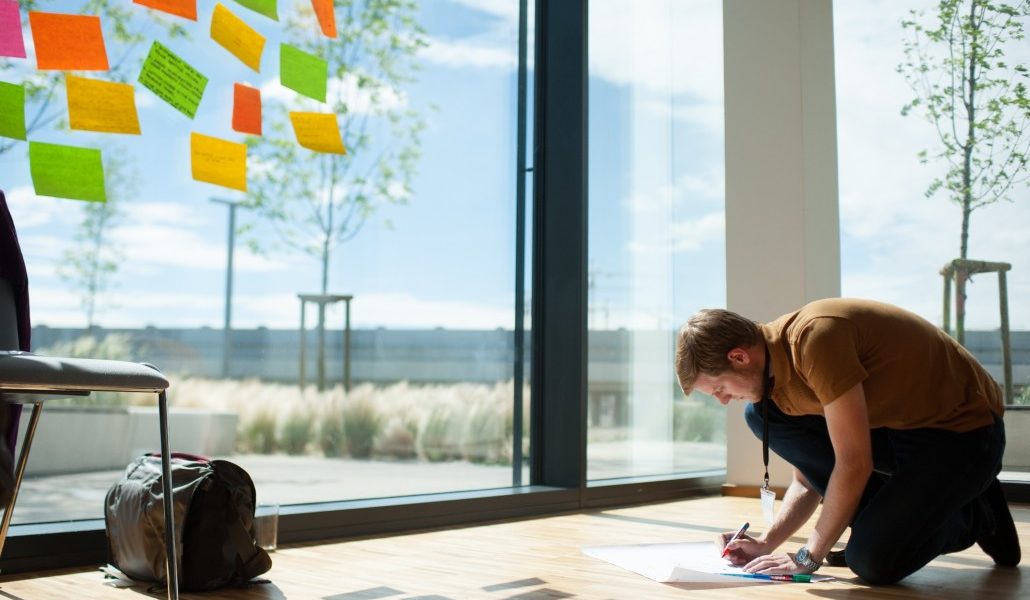
Ambition 2030 – SIA’s New Theory of Change
Introducing our Theory of Change, creating the link between what we do best and what the world needs.
SIA’s strategic process allowed us to redefine our vision and mission. After figuring out what the better world we want to build looks like, we need to build a plan on how to get there.
Our in-depth consultations with alumni across the SIA universe made one thing clear. Our impact cannot simply be measured by the ventures we helped build. It needs to take into consideration the person creating the impact. Why? SIA is and has always been an early-stage support program. Entrepreneurship is difficult, many people who start, especially at the very beginning, fail.
However, our data suggests a promising trend. Many of the alumni that participated in our program stay in the impact field. They might go work for another impact start-up, or take on a role in a larger organization, focused on enacting change. They might go into politics, become a volunteer, or an activist. Regardless of what they do, they stay committed to creating change, and SIA gives them the tools and the skills to do this successfully.
As a result, we’ve identified two core pathways for impact:
- Youth develop impact-driven ventures that are contributing to the transformation of society.
- Youth become active citizens that shape civil society, community, and/or economic and political life.
The first focuses on ventures, and the second on people. Of course, both work hand in hand, but the development of a venture and the development of personal competencies requires different inputs.
These include expanding our learning journeys by providing innovative offerings to those with very early-stage ideas, improving the quality of our current learning journeys, building new pathways for activating young people into building solutions to society’s most pressing issues, and expanding our community offerings for alumni.
These expansions can only be made possible by a structured, and efficient approach to our internal operations. We’ve reworked our entire governance structure as part of our strategic efforts, which you can read more about in our next article of the Ambition 2030 series.
This action is co-funded by the European Union. Views and opinions expressed are however those of the author(s) only and do not necessarily reflect those of the European Union or European Education and Culture Executive Agency (EACEA). Neither the European Union nor the granting authority can be held responsible for them.
